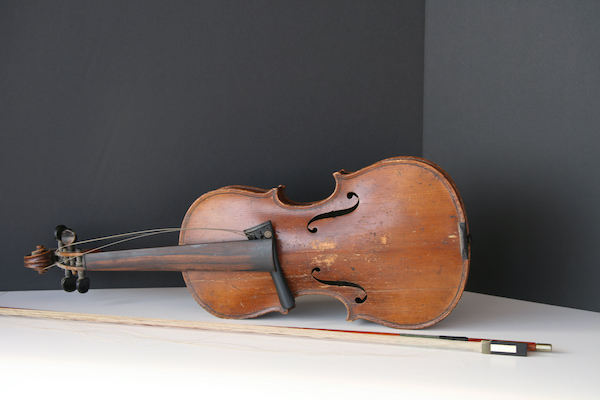

And if they do exist, oh my god, people are happy." "So what we have is an object that is predicted by very many models, so if they don't exist then all these models are ruled out. "Many extensions of the Standard Model that people really like - like a lot of superstring theories and others - naturally lead to cosmic strings after inflation takes place," Hernández said.
#Action strings crack how to
As Live Science has reported previously, there are all sorts of ideas on how to expand on it, from supersymmetric particles (i.e., the " stau slepton") to superstring theory - the idea that all particles and forces can be explained as vibrations of tiny, multidimensional "strings." (Note: The "strings" of superstring theory are not the same sort of thing as cosmic "strings." There are only so many metaphors available and sometimes physicists in different fields reuse one.) However, most physicists believe the Standard Model is incomplete. It includes the quarks and electrons that make up atoms, as well as more exotic particles like the Higgs boson and neutrinos. Right now, the most advanced theory of particle physics that researchers feel has been conclusively proven is known as the Standard Model. Today, those meeting points would appear as infinitesimally thin lines of energy through space.įinding those cosmic strings would be a big deal because they would be another piece of evidence that physics is bigger and more complicated than the current model allows, Hernández said. "Now, if this field obeys certain conditions … then when the universe has cooled down there will be lines of discontinuity, there will be lines of energy that cannot cool down." "There could be a field relating to some particle that has to, in some sense, 'pick a direction to freeze and cool in.' And since the universe is really big, it could pick different directions in different parts of the universe," he said. The first phase transitions of the universe brought these fields into being. In space, researchers believe, there are fields that determine the behavior of fundamental forces and particles. In the fabric where space and time intersect, they form cosmic strings - if the underlying physics is correct. Imperfect meeting places on a frozen lake surface form long cracks.

If somebody at the other end of the lake starts to tile again," there's essentially zero chance that your tiles will line up.

Now, imagine having tiles that are perfect hexagons and tiling with that. … It starts to tile itself in tiles, which are hexagons.
#Action strings crack free
"Molecules of water were free to move as a fluid, and then all of a sudden, somewhere, they start to form into a crystal. "Ice is water that has gone through a phase transition," he said. Those cracks form through a similar phase-transition process as cosmic strings. There's nothing to be afraid of, but there's cracks," Hernández told Live Science "Have you walked on a frozen lake? Have you noticed cracks laced through the frozen lake ice? It's still quite solid. But according to a new paper, that evidence would simply be too faint for any telescope to ever pick out against the noise. Some physicists thought we might still see evidence of those cracks or defects - known as "cosmic strings" - in the cosmic microwave background (CMB), the heat left over from the universe's violent emergence. Eventually, all of space transitioned, and the old universe disappeared.īut that old, high-energy state might have lived on at the borders between the bubbles, cracks in the fabric of space-time where those cooling regions met and didn't perfectly fit together. Bubbles of cooler universe formed and spread, blooming across space until they met other bubbles. That great cool-down, what physicists call a "phase transition," started earlier in some places than others, the theory goes. The cracks, if they exist, are old - remnants of a time shortly after the Big Bang when the universe had just shifted from a hotter, more alien state to the cooler, more familiar one we see today.


 0 kommentar(er)
0 kommentar(er)
